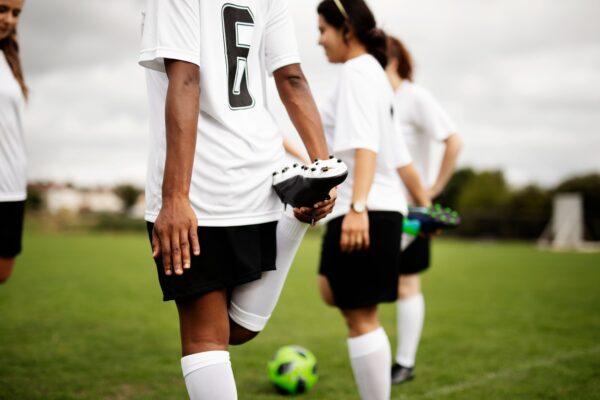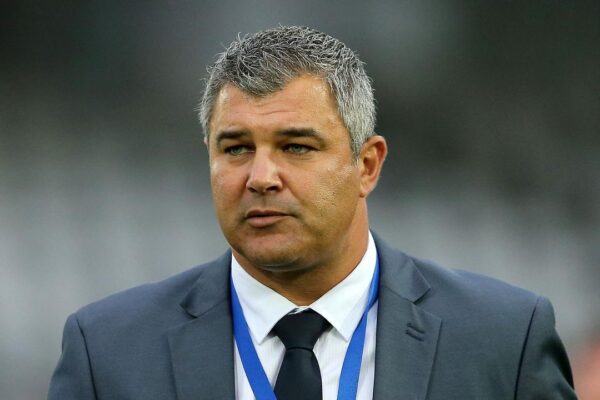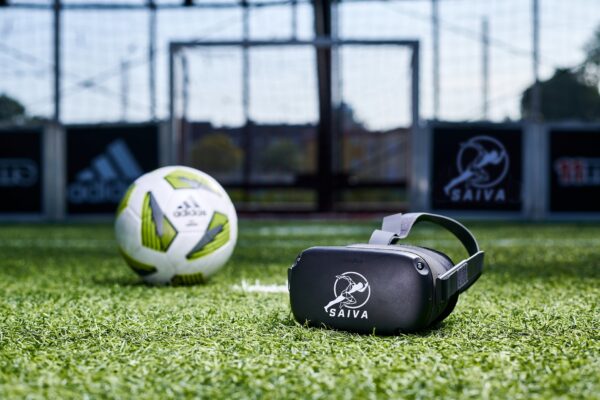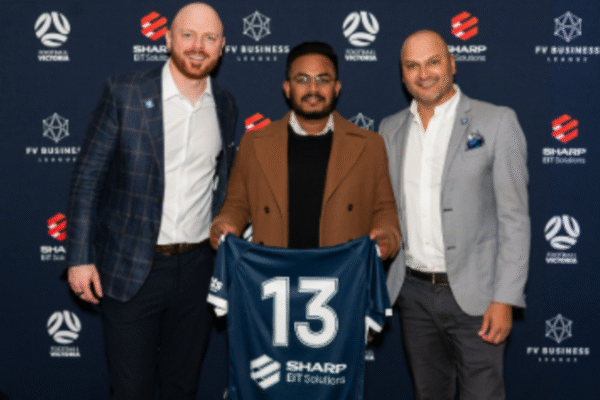
Axess serves as a leading international manufacturer for ticketing and access management systems, putting in place a trusted process for sports clubs.
The company has already achieved substantial reach and with an office in Australia (Currumbin Queensland), their services are right on our doorstep.
Headquartered in Austria with production taking place in the city of Innsbruck, Axess currently has 20 offices in 16 different countries.

Axess are specialists in individual solutions for ticketing and access management, software products to integrate own business areas and Customer Relationship Management (CRM) systems to manage consumer data.
As Axess are able to cater for customers all around the world, they are also versatile with a variety of industries – their solutions are used by ski resorts, fair & convention centres, stadia & arenas, leisure parks, museums, sightseeing attractions and touristic transport.
Axess can look at the unique fields and identify how to implement their expertise, with complete resort solutions, customer registration and customer loyalty programs with social media integration – as well as numerous standardised interfaces to third-party systems.
 To meet the needs of organisations, Axess will use the very best innovative hardware and the most modern software modules. This means they can offer a tailored service for every area of application.
To meet the needs of organisations, Axess will use the very best innovative hardware and the most modern software modules. This means they can offer a tailored service for every area of application.
The hardware that Axess offers are suitable for any sporting event at a stadium, with customised areas to ensure a smooth process on game day.
Venues are supported from start to finish by Axess, who provide systems that includes a layer of security so that it’s easy to know who is entering the stadium.
As people arrive, Smart Gates can be used to verify exactly who is accessing certain parts of the venue. For example, to access a VIP area, a person would only be allowed in if they have an appropriate pass or accreditation, which would be scanned to give them the green light. A venue could even look at the Smart Security Gate for extra security protection to block ineligible patrons.
This solution can be used in a similar manner for car parks, as Axess provide entrance and departure gates for those with motorised vehicles. This allows clubs to section off a particular area of their parking and reserve it for players, coaches, match officials and media personnel.
 When it comes to ticketing, Axess can assist clubs with both printing needs and digital implementation. They accommodate for fans at a personalised level, with a range of options available to collect their tickets for an event. For example, Axess offers a Pick Up Box that is accessible for people to collect the tickets they ordered online, meaning they’re not required to line up at tills.
When it comes to ticketing, Axess can assist clubs with both printing needs and digital implementation. They accommodate for fans at a personalised level, with a range of options available to collect their tickets for an event. For example, Axess offers a Pick Up Box that is accessible for people to collect the tickets they ordered online, meaning they’re not required to line up at tills.
The Ticket Kiosk and Smart Printers by Axess are quick and easy solution for all parties, as customers can source what they need and therefore reduces crowded areas outside ticket kiosks in peak times, especially within half an hour of a big event starting. The technology on offer by Axess can print tickets in no time, covering a range of formats.
However, as we know it has become important for patrons at an event to ‘check in’ using a QR code to register that they were there for Covid tracking purposes. Axess provides the option for people to purchase their tickets online and receive a code to enter the stadium. This gives all clubs the chance to implement this very important technology that becomes tracking software to identify anyone with symptoms of Covid-19.
 A QR code is also present on Axess’ Smart Cards, where they are more relevant to regular visitors of a stadium – members of a club. With an integrated chip, the card stores data of an individual for fast entry and is highly durable, so there’s no need to worry about replacing it.
A QR code is also present on Axess’ Smart Cards, where they are more relevant to regular visitors of a stadium – members of a club. With an integrated chip, the card stores data of an individual for fast entry and is highly durable, so there’s no need to worry about replacing it.
Whether it be those who like it old-fashioned or now tech-savvy, tickets by Axess come in all forms to create a user-friendly experience.
The modules and equipment that Axess brings are state-of-the-art to match the ever-growing changes to technology. They are a flexible partner of access management, always looking for ways to be innovative in how their solutions can best fit any organisation.
For a more detailed look into Axess’ products, as well as their latest news and case studies, you can find them here.



















